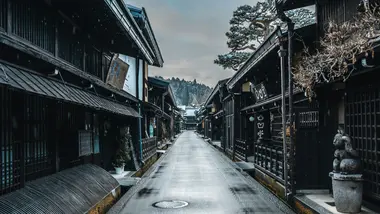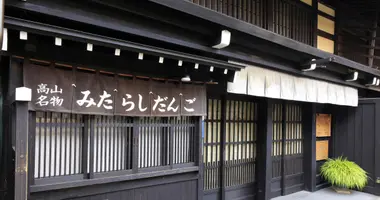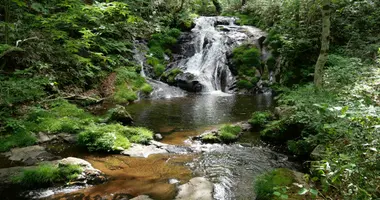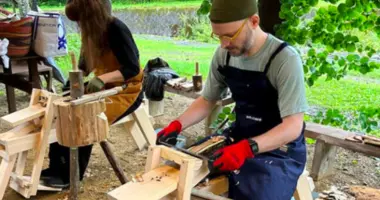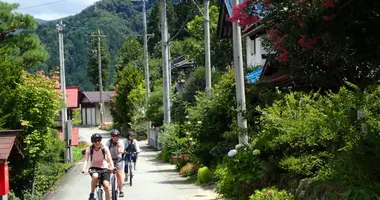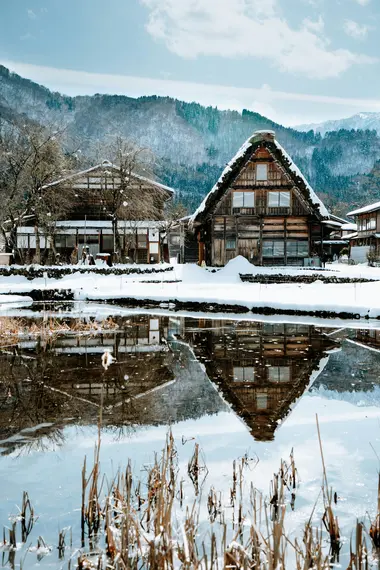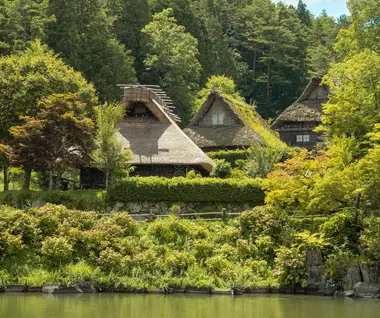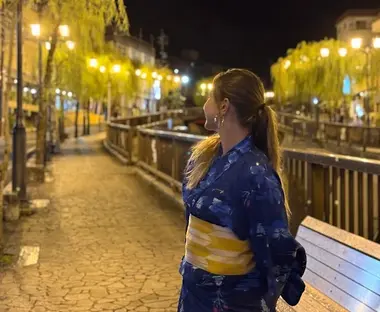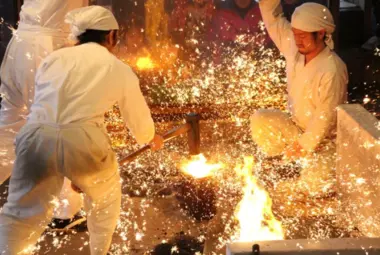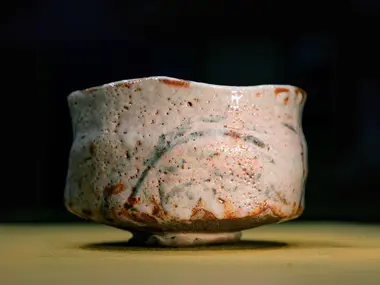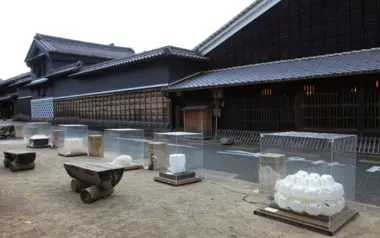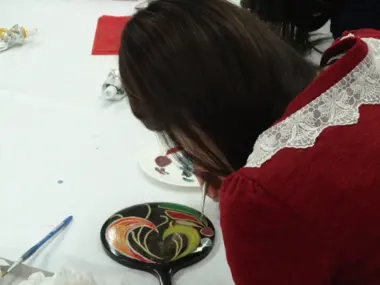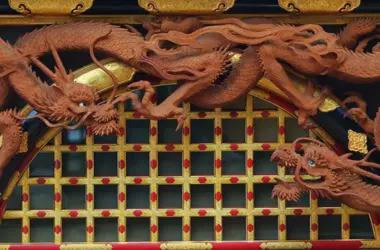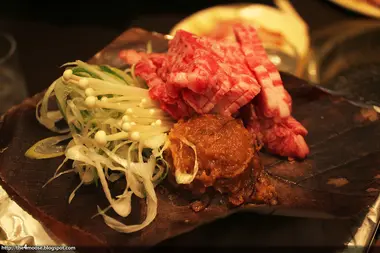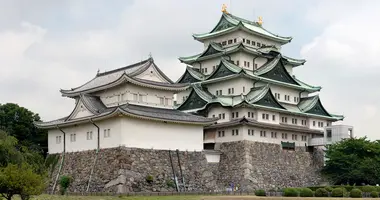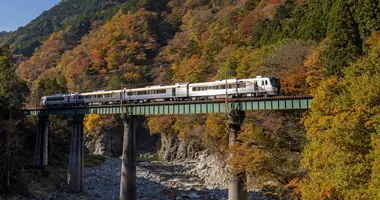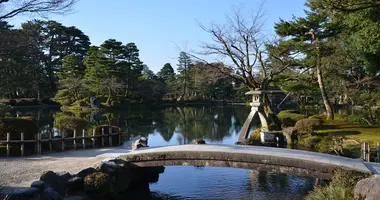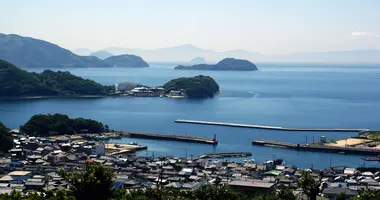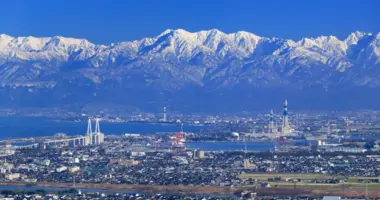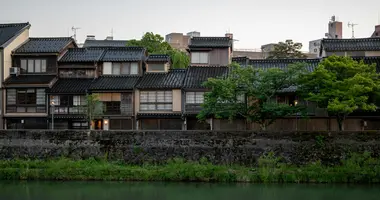Gifu Prefecture Travel Guide
- Published on : 25/09/2025
- by : Phoebe
- Youtube
In the heart of the Japanese Alps, Gifu Prefecture is a cultural center not to be missed on a trip to Japan. Former domain of Lord Oda Nobunaga, the prefecture boasts a rich heritage, surrounded by mountains and villages from a bygone era. What to see and do in Gifu Prefecture? Japan Experience guides you step by step.
On the lands of Lord Nobunaga
It was in the XVIᵉ century that Gifu became famous when Lord Oda Nobunaga set out to unify Japan and put an end to the clan wars. He chose Gifu (formerly Inokuchi) as his strategic base and erected a castle there in 1567. Thanks to its central location and protective mountains, the region played a strategic role in the military campaigns of the time.
Under the Tokugawa shogunate (1603-1868), the province of Mino was incorporated into the estate, and the town of Takayama became a major administrative and commercial center in the surrounding area. It was also during this period that the art of ceramics was developed, a craft of which the prefecture is still proud today. Today, Gifu Prefecture is renowned for its cultural heritage and exceptional landscapes!
Takayama: a historic city
Nicknamed the "little Kyoto of the Japanese Alps", Takayama is renowned for its historic downtown, its streets lined with traditional wooden houses and its unspoilt atmosphere, far removed from Japan's major metropolises.
In the morning, head for the Miyagawa market, renowned for its fresh produce and local crafts. The more intimate Jinya-mae market remains an attractive alternative for those who loathe crowds. Not far away, Takayama Jinya , the former administrative office of the shogunate, takes you back to the Edo period. Its museum retraces the daily life of its inhabitants. It's the perfect introduction to the city's history, before you lose yourself in the beating heart of Takayama: Sanmachi Suji.
Admire its wooden houses, discover the art of Gifu ceramics and taste the region's sake in one of the many stalls lining the streets. For lunch, stop off at Matsuki-ushi, a grill restaurant specializing in Hida beef.
In the afternoon, head for Teramachi-dori, a district dotted with temples and shrines, where places of worship rub shoulders with craft stores. For total immersion, take the Higashiyama trail. It leads to Takayama Castle.
Finally, spend the night in one of the city'sryokan (traditional inns). Honjin Hiranoya Kachoan is a perfect choice. With its hot springs and kaiseki dinner , it perfectly embodies Takayama's unique atmosphere.
Want to discover Takayama in a different way? Our activities are made for you!
Discover the Japanese Alps
From Takayama, discover the Japanese Alps.
Shirakawa-go and Gokayama: picturesque villages
Famous for their thatched-roof "gassho-zukuri" houses, these villages have been designated a UNESCO World Heritage Site, Shirakawa-go and Gokayama are a must-see in Gifu prefecture. Some of the houses are over 250 years old!
Take a stroll through these exceptional villages and discover the architectural techniques of yesteryear. The term "gassho-zukuri" literally means "built like hands joined in prayer", in reference to the shape of the roofs. The roofs are incredibly steep, designed to withstand the heavy snow that falls in the region. In winter, Shirakawago and Gokayama offer breathtaking panoramas.
Hida Folk Village: between crafts and nature
If you're a craft lover, Hida Folk Village (Hida no Sato) is the place to go! This reconstructed village of traditional houses showcases several of the region's leading disciplines. Paper, pottery, woodworking: discover Gifu's know-how through demonstrations and unusual workshops.
Nature lovers will also appreciate Gifu's ideal location for hiking and fishing, lost between the mountains of the prefecture and the Nagara River.
Gero Onsen: relaxation in the heart of the Japanese Alps
Along the Hida River, Gero Onsen is one of Japan's most renowned spas. Recognized as one of the three best hot springs in the country, alongside Arima Onsen and Kusatsu Onsen, its water is particularly appreciated for its softening and rejuvenating properties.
More than just a hot spring, Gero Onsen boasts numerous facilities, including the Gassho-Mura village, an open-air museum of thatched houses, and the Onsen-ji temple, which offers a panoramic view of the river.
Note that the site includes several ryokan with their own baths, and that a "Yumeguri Tegata" (bath pass) gives access to three different baths in the participating ryokan, ideal for discovering different atmospheres!
Nakasendô: crossroads
Visit Nakasendô highlights Gifu's historical and cultural heritage. This ancient road, which linked Kyoto to Edo (Tokyo) mainly for commercial purposes, offers a complete immersion in the prefecture. In particular, it crosses the Hida region and the Kiso valley , which were once part of Mino province.
This section includes relay stations (shukuba-machi) where travelers could rest. Some villages have preserved their traditional architecture, offering hikers a journey back in time.
Among them, Magome and Tsumago are the most famous Nakasendô villages. Although they are close to the border with nagano prefecture, they remain historically linked to trade with Gifu. Discover local handicrafts along the way. Marvel at the ancient bridges and makeshift roads, before reaching the prefecture's major centers.
A rich heritage
Crafts
- Seki: Japan's city of blades
An hour and a half by bus from Takayama, the town of Seki, known as the "City of Blades", has been home to blacksmiths for over 800 years. The Seki Cutlery Association has around 60 members and 10 traditional cutlers. Authorized by the government to keep the art of blacksmithing alive, they are the only craftsmen in Japan authorized to produce katana.
Visit the Seki Sword Museum, as well as the cutlery workshops. Some are open to visitors who can try their hand at the art of forging.
- Mino ceramics
With over 1300 years of history, Mino ceramics is one of the jewels in the crown of Japanese craftsmanship. Even today, Gifu produces almost 50% of the country's ceramics. In the town of Tajimi, visit Kusano Kashiragama and Kobeigama ceramics. The Tajimi Ceramic Mosaic Museum is also a good starting point for learning more about this age-old art.
- Mino washi paper
Designated a UNESCO intangible cultural heritage site, Mino washi paper has a history dating back over 1,000 years. Esteemed the world over, it is the source of 90% of the reproductions of oriental paintings in the Louvre and the British Museum.
In the town of Mino, the Mino Washi Museum of Traditional Japanese Paper traces this incredible history. The Mino Washi Akari Art Gallery is also a great place to learn more.
- Gifu lacquerware
Known as Gifu Urushi, Gifu lacquer is the traditional art of applying naturalurushi resin to wood. From tableware and tea caddies to ceremonial objects, the technique was used to decorate a number of everyday objects.
In Takayama, some craftsmen open their workshops to the public.
- Wood carving
Gifu prefecture is famous for its woodcarving, used to make masks, religious decorations and everyday objects. While you'll easily find woodworkers in the prefecture, the Oak Village in Takayama is one of the most popular sites when it comes to this ancestral art. And don't miss the Takayama Festival Float Hall at Sakurayama Hachiman-gu Shrine.
Gastronomy
- Hida beef
This is Gifu's most famous culinary specialty. Renowned for its tenderness and exceptional marbling, Hida beef is a must-try when visiting the prefecture.
- Hida soba
Prepared with pure mountain water, these buckwheat noodles have a delicate taste that appeals to everyone. They can be served cold or as a hot soup.
- Ayu (river fish)
This river fish is very popular. It is often eaten grilled with salt(shioyaki) or in seasonal dishes.
- Gohei-mochi
These oval-shaped, crushed rice dumplings are grilled and coated with a sweet miso, nut or sesame sauce. Popular in mountain villages.
- Gifu sake
Some craft breweries use pure water from the Japanese Alps to produce sake. Drink in moderation.
Festivals
- Takayama Matsuri
Twice a year, in April and October, the streets of Takayama come alive. Considered one of Japan's finest festivals, the Takayama Matsuri features richly decorated floats(yatai) and mechanical puppets(karakuri).
- Gifu Nagaragawa Ukai Festival
From May to October, the Gifu Nagaragawa Ukai festival celebrates cormorant fishing (katai), a tradition dating back over 1000 years. On the program? Cormorant fishing demonstrations, music and fireworks.
- Hida Furukawa Matsuri
In April and October, the town of Hida-Furukawa hosts a procession of decorated floats to the delight of festival-goers.
- Gifu Sanno Matsuri
At the Inaba Shrine in Gifu, the Sanno Matsuri is a beautiful event not to be missed in mid-July. Locals parade mikoshi (portable shrines) through the streets in a festive and popular atmosphere.
Visiting gifu prefecture: how to get there?
As the gateway to the prefecture, Takayama is easily accessible from Tokyo.
The journey by Shinkansen from Tokyo to Nagoya takes about 1.5 hours.
The Shinkansen, Japan’s iconic high-speed train, is a symbol of efficiency. Blazing fast, it connects cities across the country in record time. Trains run with impressive frequency—departing every few minutes on the busiest routes—but what truly sets the Shinkansen apart is its legendary punctuality, with delays measured in seconds, ensuring absolute reliability for travelers.
In Nagoya, board the JR Hida Limited Express, a scenic train that takes you directly to Takayama. This leg of the trip treats passengers to breathtaking views of the countryside and mountains!
The Hida Limited Express is one of Japan’s most beloved trains. Renowned for its large windows, it offers panoramic vistas of spectacular landscapes, including the Japanese Alps and the Miyagawa River. It primarily connects Nagoya with Takayama and Toyama, with some services also running from Osaka and Kyoto. It’s both a practical and picturesque way to explore the heart of Japan.
For easy travel throughout Gifu Prefecture, consider the TAKAYAMA-HOKURIKU Tourist Pass!
Japan’s geography is defined by two major features: mountains and sea. The Takayama-Hokuriku Tourist Pass takes you through central Honshu, where towering peaks and rich coastlines shape the landscape and local culture. The Japanese Alps stretch across Gifu Prefecture and the Hokuriku region, embodying the essence of Japanese tradition. With the same pass, you can also visit the eclectic Kansai region and Nagoya, the culinary capital of Aichi Prefecture.

